Salt Lake City might be known for its urban attractions and religious landmarks, but nature enthusiasts find themselves particularly spoiled in Utah’s capital. The city sits in a unique geographical sweet spot where mountains, deserts, and wetlands converge to create an outdoor playground accessible year-round.
Here is a list of 15 natural escapes within and around Salt Lake City that showcase the area’s ecological diversity and beauty.
City Creek Canyon
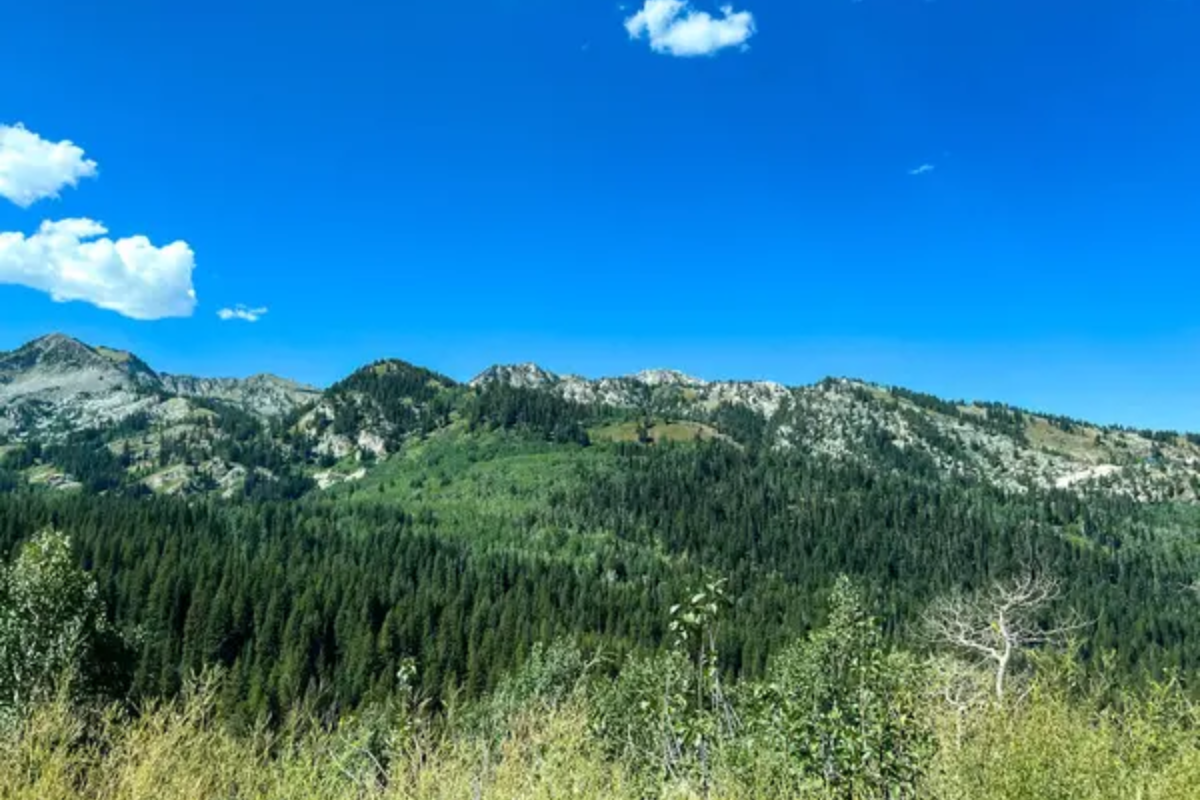
Just steps from downtown’s bustling streets, City Creek Canyon offers an immediate retreat into nature with its gurgling stream and dense foliage. The paved lower section welcomes cyclists and dog walkers during designated days, while the upper canyon provides more rugged terrain for hikers seeking solitude.
The canyon’s varied elevation means spring wildflowers remain visible somewhere along the trail throughout much of the summer, creating ever-changing scenery for regular visitors.
Ensign Peak
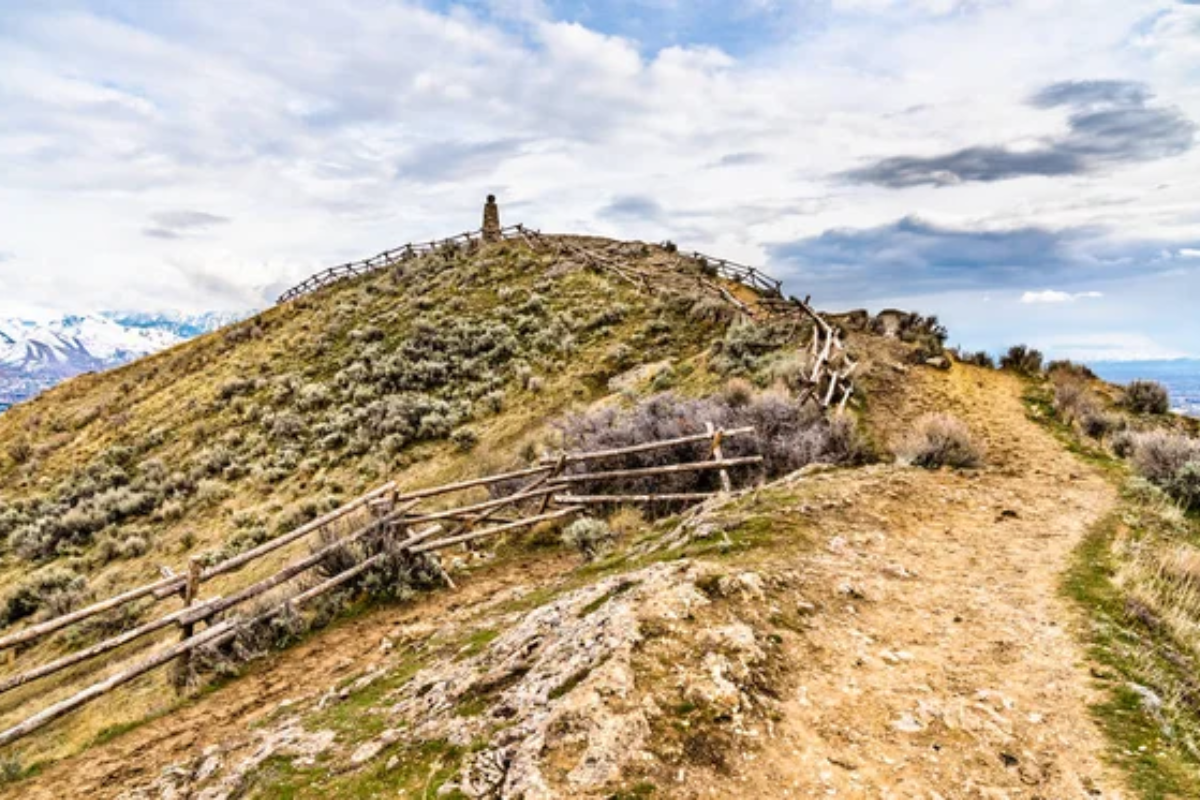
This modest summit requires only a 30-minute climb yet delivers panoramic views that rival those of much longer hikes. Its historical significance adds another layer of interest – early Mormon settlers climbed this same peak in 1847 to survey their new homeland.
Sunset transforms the experience entirely, casting golden light across the Great Salt Lake and creating perfect silhouettes of the Oquirrh Mountains to the west.
Like Travel Pug’s content? Follow us on MSN.
Millcreek Canyon
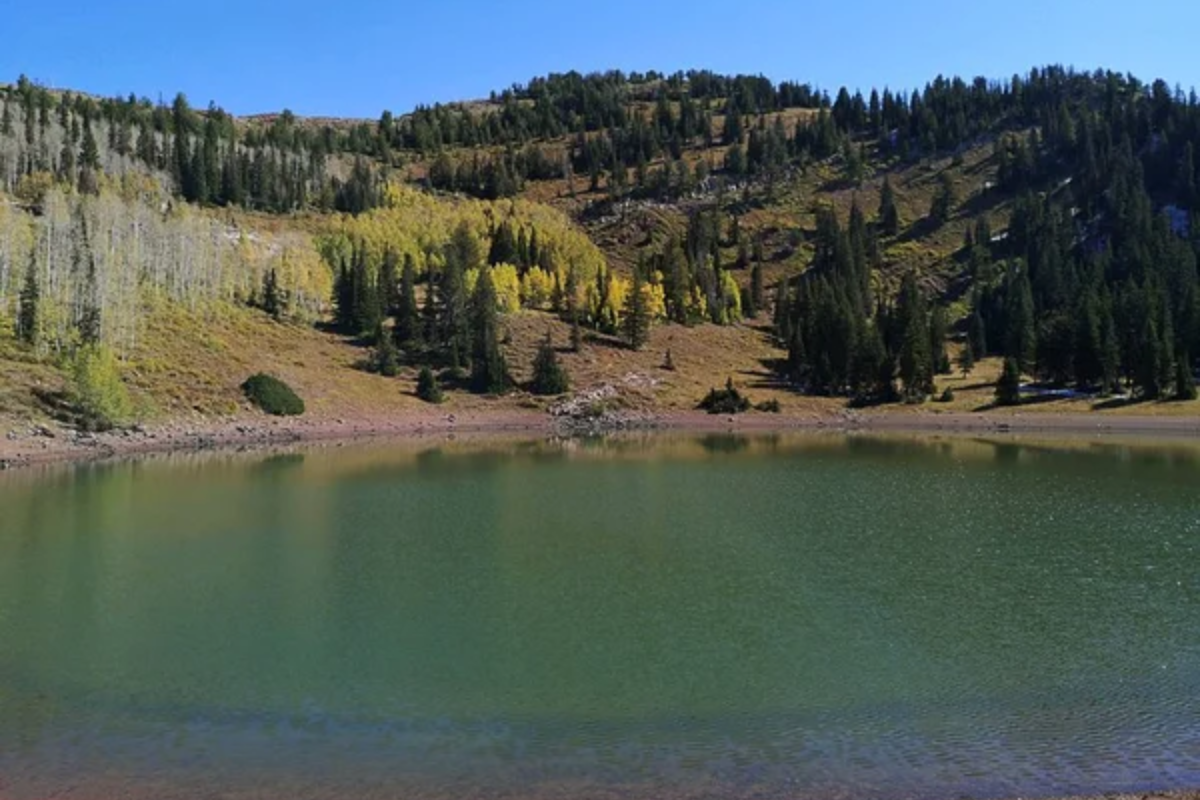
Unlike many natural areas, Millcreek Canyon caters to everyone from casual strollers to serious backcountry explorers. The lower canyon features picnic areas alongside a cheerful stream, while upper regions connect to the expansive Mount Olympus Wilderness.
The dog-friendly policy – with odd-numbered days allowing off-leash adventures – makes it especially popular with four-legged hikers and their companions.
Bonneville Shoreline Trail
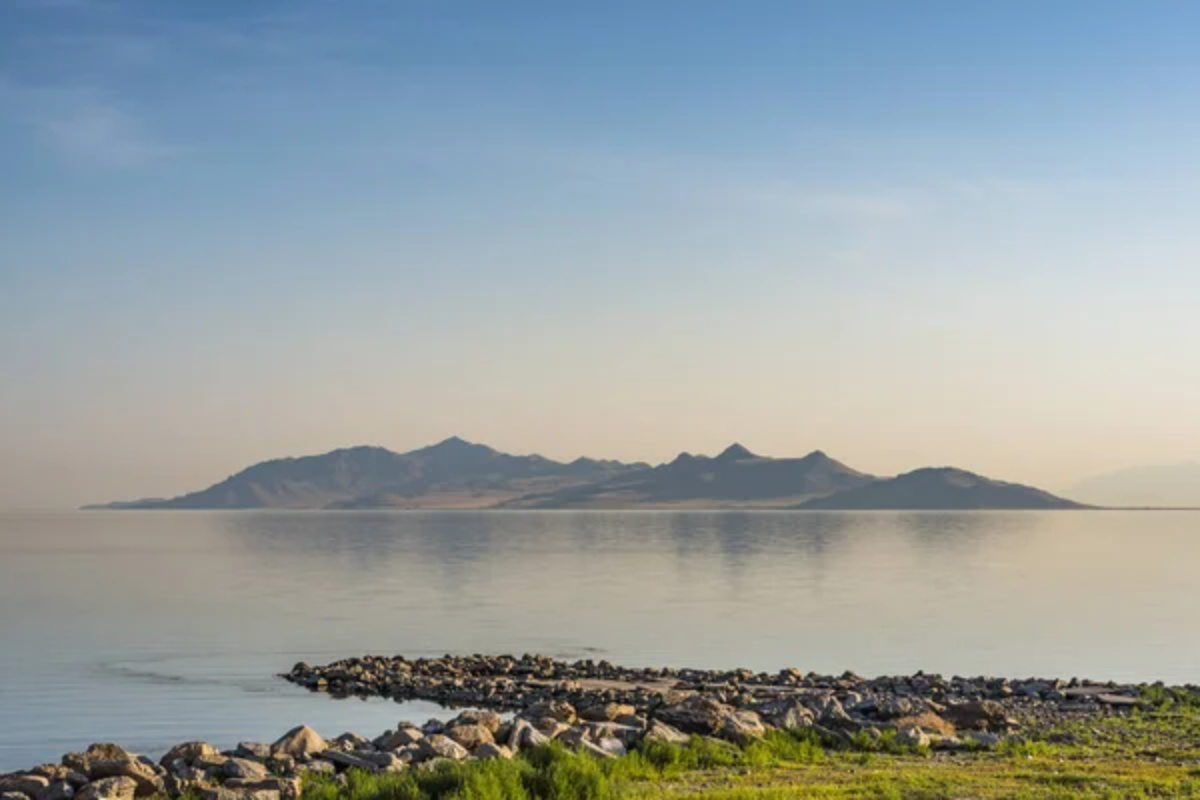
Running along the ancient shoreline of prehistoric Lake Bonneville, this trail system offers surprisingly varied terrain despite its proximity to residential neighborhoods. The pathway serves as a connector between multiple canyons while providing consistent views of the valley below.
Mountain bikers particularly appreciate the rolling contours and technical sections that can be found along various segments of this extensive trail network.
Liberty Park
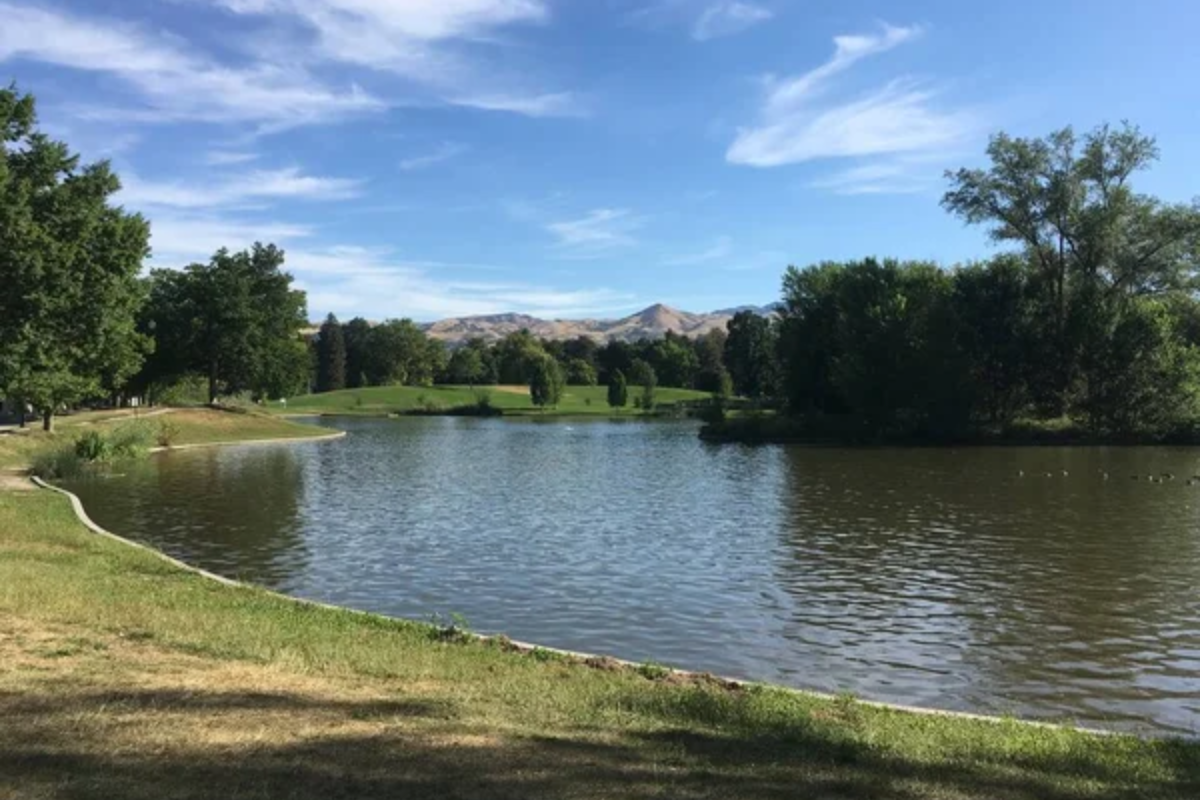
As the city’s oldest and largest public green space, Liberty Park represents urban nature at its finest. The park’s mature trees – some over a century old – create shaded respites during summer months, while the central pond attracts migratory birds and contemplative visitors alike.
The Tracy Aviary within the park boundaries houses over 400 birds from 135 species, allowing nature lovers to observe exotic winged creatures alongside local wildlife.
Like Travel Pug’s content? Follow us on MSN.
Red Butte Garden
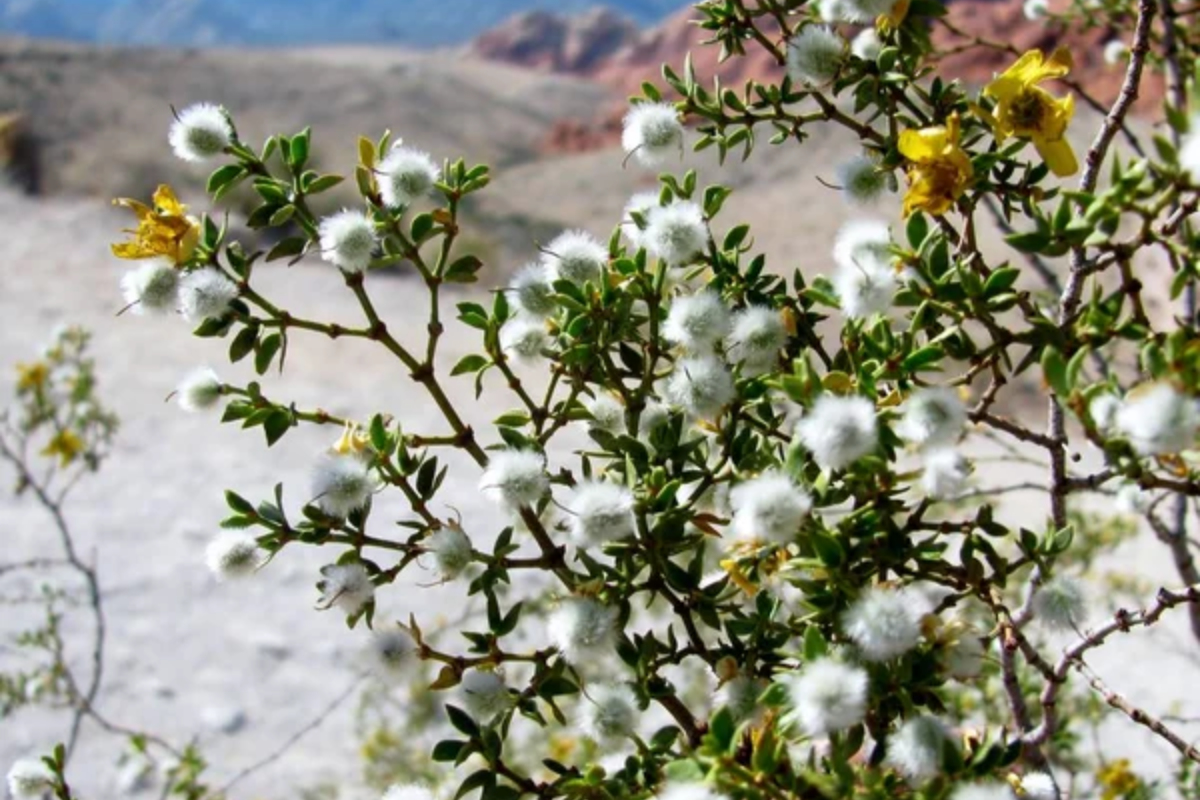
These botanical gardens blend carefully curated plant collections with natural foothills habitat across 100 acres of varying terrain. The garden’s themed spaces showcase plants adapted to Utah’s unique climate, while hiking trails extend into the adjacent natural areas.
Seasonal displays ensure there’s always something blooming, from spring’s first crocuses to fall’s vibrant maple leaves.
Antelope Island State Park

Despite its name suggesting a small landmass, this 28,000-acre island in the Great Salt Lake feels vast and otherworldly. Free-ranging bison herds roam the grasslands while pronghorn antelope dart across distant hillsides.
The island’s elevated hiking trails provide unique perspectives of the lake’s pink-tinged waters – a color created by the salt-loving algae and brine shrimp that thrive in this unusual ecosystem.
Dimple Dell Regional Park

This 644-acre natural area creates a green corridor through Sandy’s suburban landscape, preserving a slice of how the valley appeared before development. The park’s gully topography shields visitors from urban sights and sounds, creating the illusion of remote wilderness despite being surrounded by neighborhoods.
Equestrians particularly value the park’s accommodations for horses, including dedicated trails and staging areas.
Like Travel Pug’s content? Follow us on MSN.
Great Salt Lake Marina

The marina provides access to America’s largest natural lake west of the Mississippi – and one of the saltiest bodies of water on earth. Kayakers paddle through water so buoyant it requires specialized technique, while photographers capture sunset reflections across the unusually still surface.
The neighboring wetlands attract birdwatchers hoping to spot some of the millions of migratory birds that use the lake as a crucial stopover point.
Donut Falls

The uniquely named waterfall flows through a circular opening in the rock, creating the eponymous “donut” formation that delights visitors willing to make the moderate 3.5-mile round-trip hike. Located in Big Cottonwood Canyon, the trail winds through aspen groves that provide spectacular golden displays each autumn.
The falls flow most dramatically during spring runoff but maintain their charm throughout the summer months.
Twin Peaks Wilderness
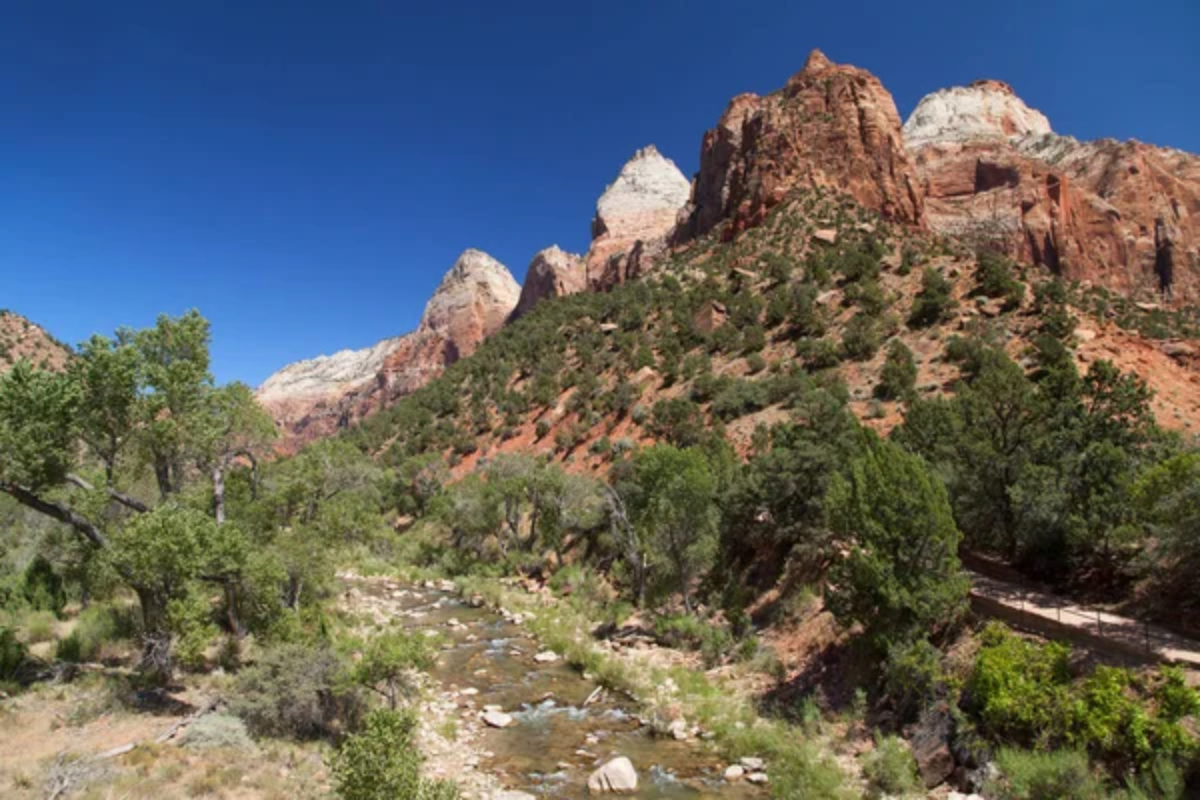
For those seeking true backcountry experience without traveling far from the city, Twin Peaks Wilderness preserves nearly 12,000 acres of pristine mountain terrain. Alpine lakes nestle between towering peaks, creating perfect destinations for ambitious day hikes or overnight backpacking trips.
The wilderness designation ensures these landscapes remain free from development, preserving natural processes and solitude for generations to come.
Like Travel Pug’s content? Follow us on MSN.
Parley’s Historic Nature Park
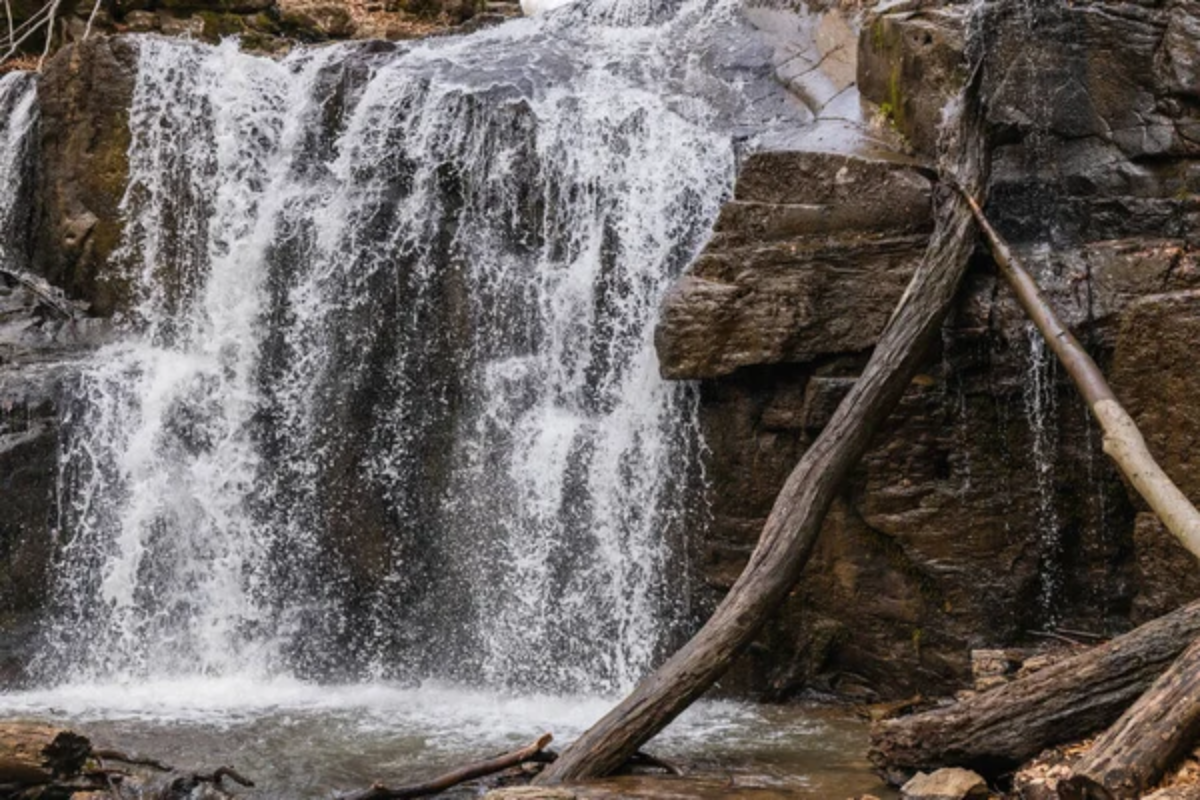
This former corridor for pioneers and railroads has transformed into an urban nature preserve where off-leash dogs can splash in Parley’s Creek while their owners enjoy shaded walking paths. Remnants of historical infrastructure blend with natural features, creating interesting juxtapositions between human history and ecological processes.
The park serves as a crucial wildlife corridor connecting the mountains to the valley floor.
Flight Park State Recreation Area
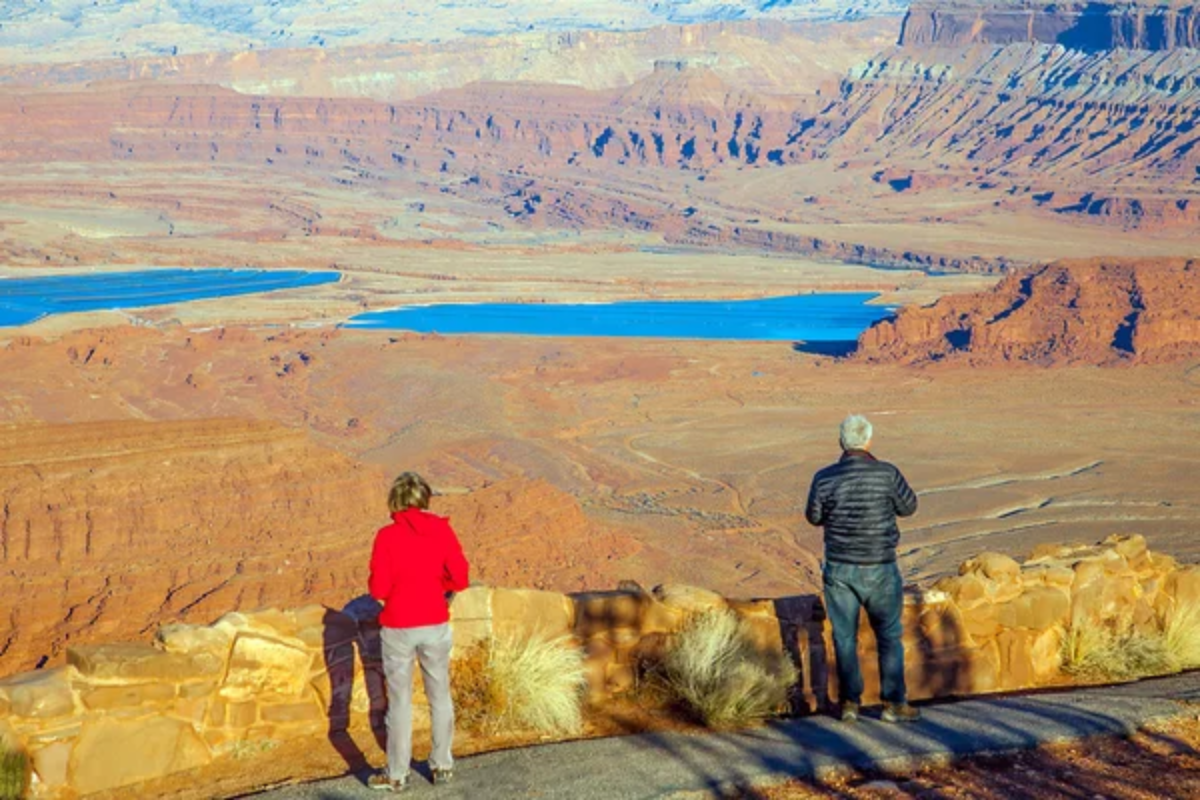
Wind conditions at Point of the Mountain create perfect conditions for paragliders and hang gliders, who launch from this dedicated facility to ride thermal currents high above the valley. For those keeping their feet on the ground, the park offers excellent hiking with sweeping views of Utah Lake to the south and Salt Lake Valley to the north.
Dawn and dusk bring particularly magical lighting conditions that transform the landscape.
Jordan River Parkway

Following the valley’s primary waterway, this 40-mile trail corridor connects multiple municipalities while providing crucial riparian habitat. Recent restoration efforts have improved water quality and wildlife habitat, making the parkway increasingly popular with birders who document the returning species.
The paved trail accommodates wheeled transportation of all types, from strollers to wheelchairs to bicycles.
Like Travel Pug’s content? Follow us on MSN.
Silver Lake
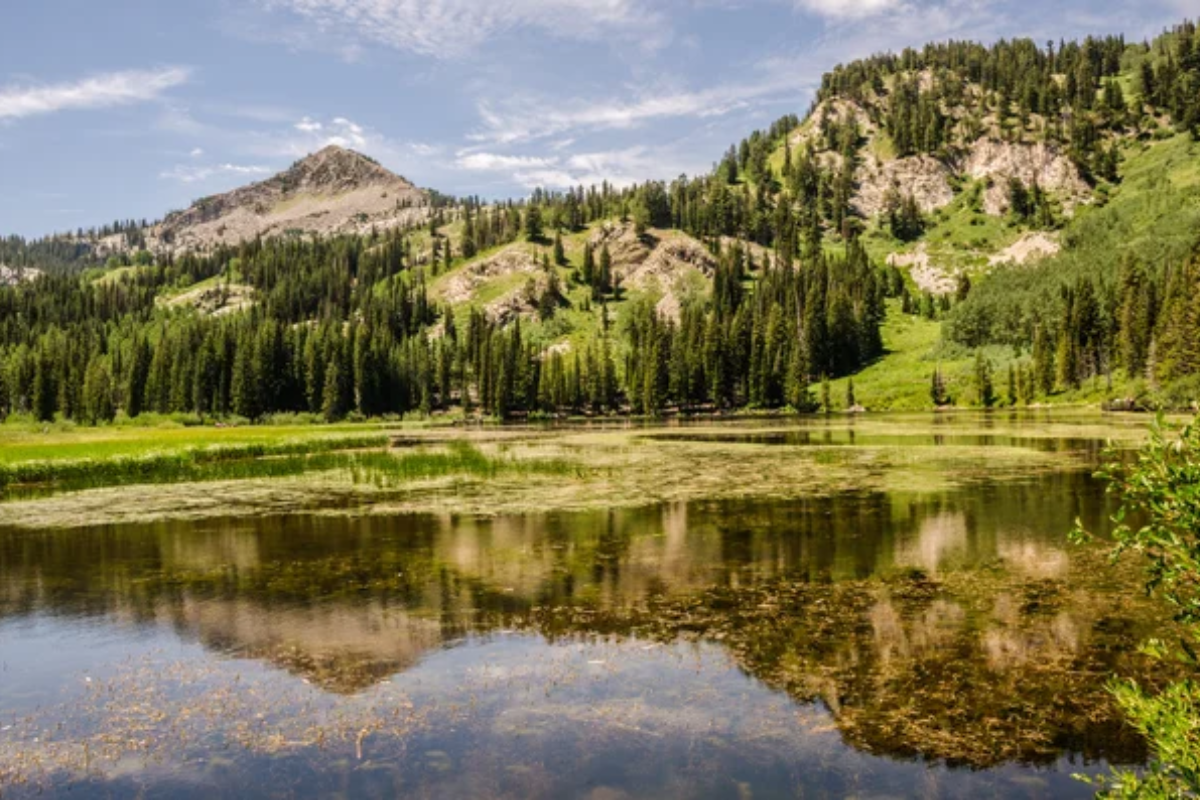
Located at Brighton Ski Resort, this small alpine lake features an accessible boardwalk loop that allows visitors of all mobility levels to experience high-mountain environments. Summer wildflower displays surround the lake with vibrant colors, while moose frequently make appearances during early morning and evening hours.
The relatively high elevation means this area offers refreshing temperatures even during the hottest valley days.
Nature’s Persistent Return
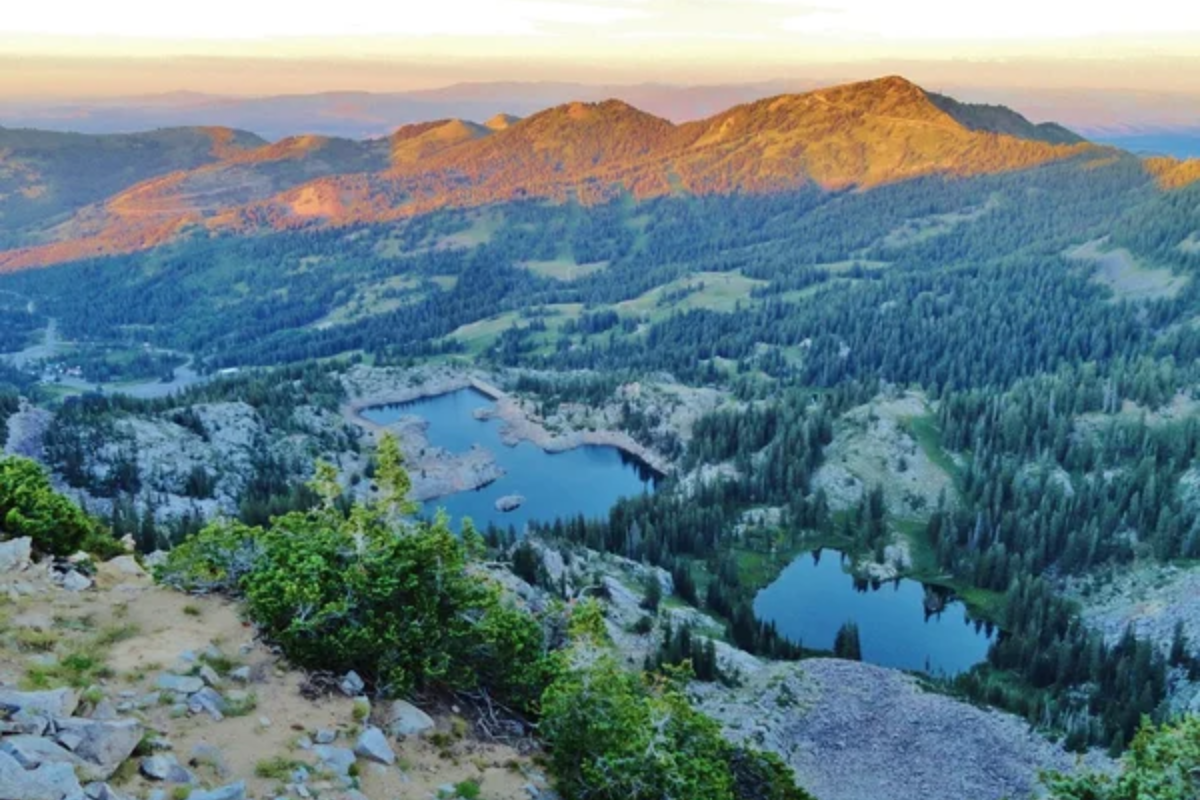
Salt Lake City’s relationship with its natural surroundings continues to evolve as conservation efforts restore damaged ecosystems and protect remaining wild spaces. The accessibility of these natural areas – many reachable by public transportation or short drives – creates opportunities for daily connection with the natural world rather than occasional escapes.
This proximity to nature remains one of Salt Lake City’s defining characteristics, cherished by residents and discovered anew by visitors seeking urban convenience without sacrificing natural beauty.
More from Travel Pug

- Cities Growing so Fast You Won’t Recognize Them in 10 Years
- 13 Destinations Where Tourists Regularly Regret Their Trip
- 20 Obscure WWII Sites Even History Buffs Don’t Know About
- 10 Under-the-Radar Mountain Towns That Are Both Affordable and Beautiful
- Remote Villages in Europe Where You Can Live for Free in Exchange for Work
Like Travel Pug’s content? Follow us on MSN.
